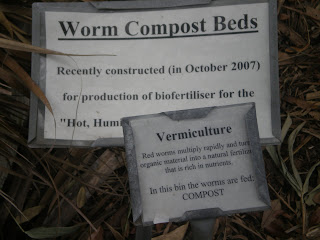
At ECO we saw animals like rabbits. I love rabbits, I think they are very cute and friendly animals. Rabbits live in many areas around the world, they live in groups, and the most common and known specie, the Europena rabbits, live in underground, the rabbit holes.
An interesting fact: more than half the world's rabbit population resides in North America.
Here is a cute picture of a huge rabbit that we saw at ECO. :)


